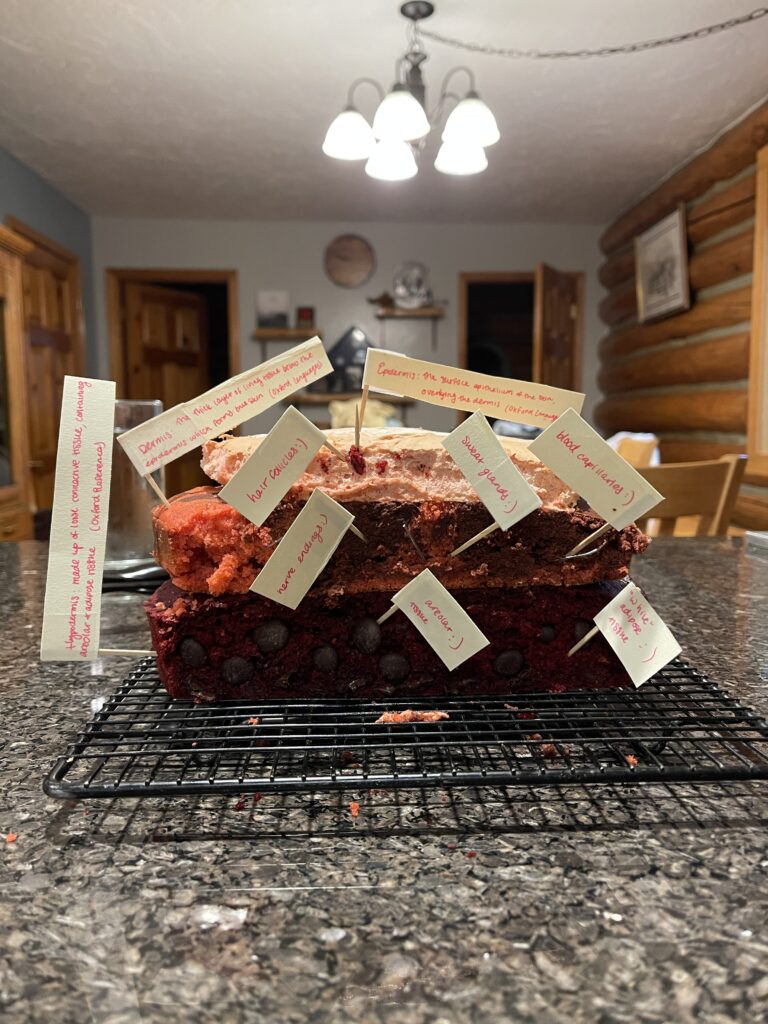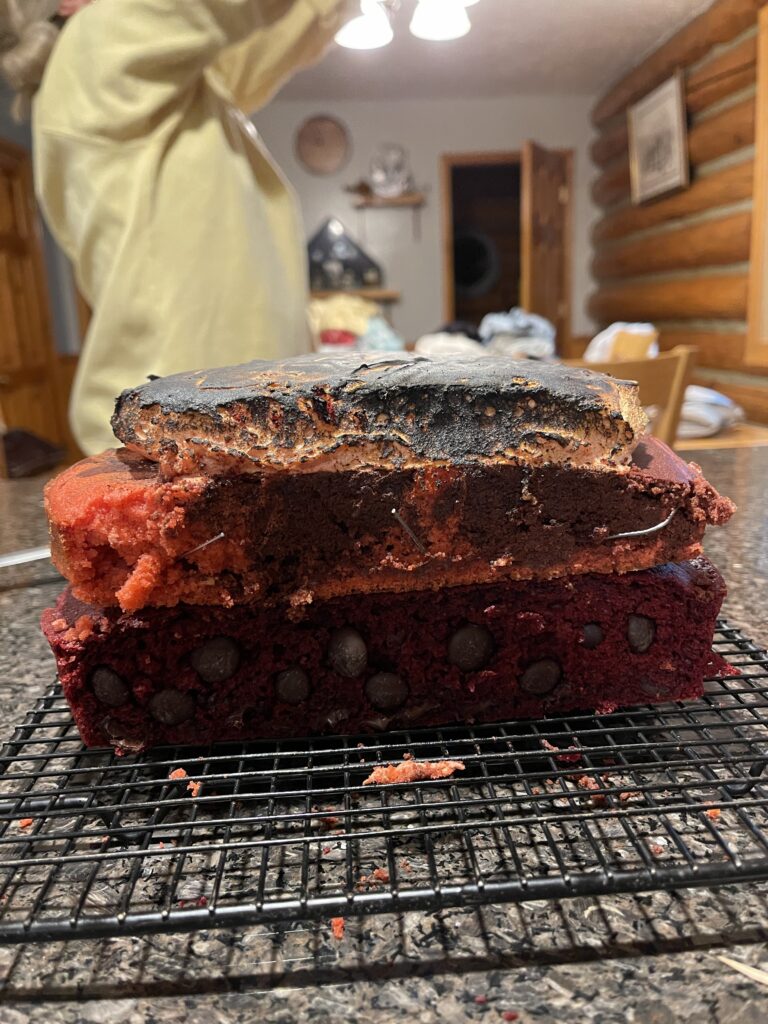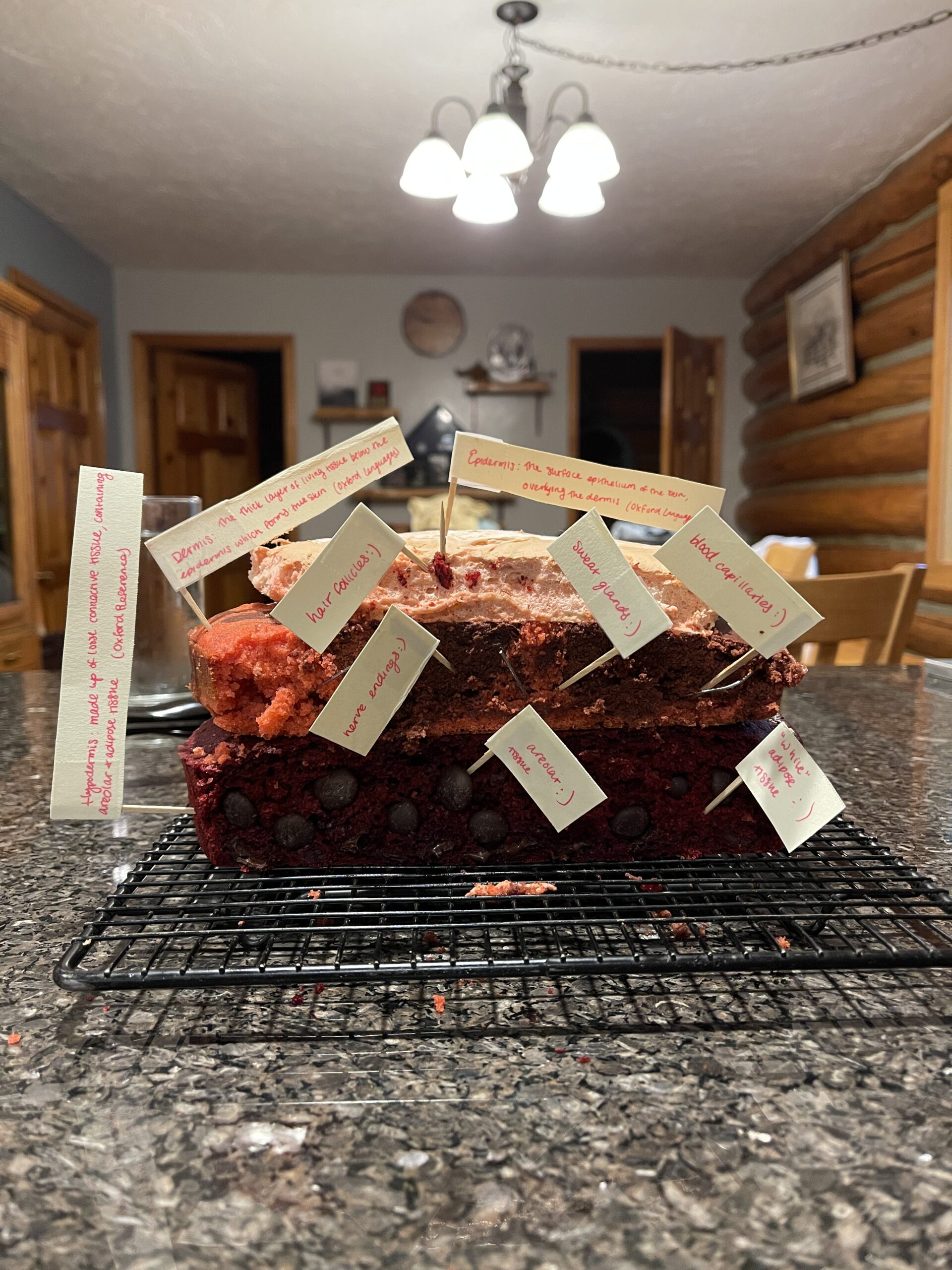How UV Rays Damage Skin STEAM Project
I was very and highly interested in the short and long-term effects of sun exposure on the three layers of skin. I was intrigued by this topic because of the amount of precaution I have to take as a fair-skinned person who lives in a climate with very low levels of harmful sun exposure. Because of the lack of sun where I live, I have not built up a tolerance to harsh ultraviolet rays. There is a wide spectrum of damage that UV rays can have on the skin. One of the more deadly effects of too much sun exposure is the skin cancer called Melanomagenest (Pecorelli & Valacchi 2022) more commonly called Melanoma. However, there is a very simple and cost-effective precaution one can use. You can use sunscreen with a high SPF, or refrain from excessive amounts of sun exposure.
What Happens to Your Cells When You Get a Sunburn
There are three types of sunburns that you can get. They are categorized by increasing severity. There are first-degree burns, second-degree burns, and third-degree burns. In all types of burns, cells are damaged beyond repair and die off. In any type of sunburn, the ultraviolet radiation has been absorbed into the skin and has done severe damage to the skin’s deoxyribonucleic acid or DNA. The short-term effects of sunburns are skin irritation, sensitivity to touch, and sometimes fatigue, or nausea (Cleveland Clinic).
In a first-degree burn, the cells die off and the blood vessels widen, increasing the blood flow to the burned area. (melanoma prevention) This response to the harsh UV rays is indicative of the nervous system trying to let the body know that the skin has absorbed too many ultraviolet rays. First-degree burns are only a burn on the top layer of skin called the epidermis.
In second-degree burns, the same thing that happens in a first-degree burn occurs, just at a more severe level. The damaged cells are too far gone and die off. However, in second-degree burns, the UV rays penetrate deeper into the layers of skin (Cleveland Clinic). There is also damage to the nerve endings that can be found in the dermis layer of the skin. The dermis is the living tissue underneath the epidermis that contains nerve endings and other loose connective tissue (0xford reference).
In a third-degree burn, the harmful rays of the sun have done severe damage to all three layers of the skin. The epidermis, the dermis, and the hypodermis have all been damaged. You can tell that the sunburn has reached a third-degree burn if the skin is leathery, white, or has lost sensitivity to touch. (Cleveland clinic)
Long-Term Effects
Some heavily dangerous and serious long-term effects are precancerous skin lesions and ultimately skin cancer. Skin lesions are patches of skin that are bumpy and discolored. Skin cancer can be a major long-term effect of sun damage from UVR (Cleveland Clinic).
Treatments
There is a treatment that can help with skin cancer and the long-term effects that accompany the damage done by UV. There is one called immunotherapy, which has helped raise survival rates from skin cancer (Moscowitz, 2022)
References
Blackburn, K.B. ( 2017, March). The University of Texas MD Anderson Cancer Center. https://www.mdanderson.org/publications/focused-on- health/What-happens-to-your-skin-when-you-get-a-sunburn.h24Z1591413.html
Cleveland Clinic. (2021, September 30). Sunburn. Cleveland Clinic. https://my.clevelandclinic.org/health/diseases/21858-sunburn#:~:text=In%20very%20rare%20cases%2C%20people,May%20destroy%20nerve%20endings.
Moskowitz, C. (2022). Skin Cancer around the World. Scientific American, 326(6), 62.
Pecorelli, A., & Valacchi, G. (2022). Oxidative-Stress-Sensitive microRNAs in UV-Promoted Development of Melanoma. Cancers, 14(13). https://doi.org/10.3390/cancers14133224
Walker, A. (2022). Sunburns-How Bad are They Really? Children’s Melanoma Prevention Foundation. https://www.melanomaprevention.org/index.php/blog/115-sunburns-how-bad-are-they-really





